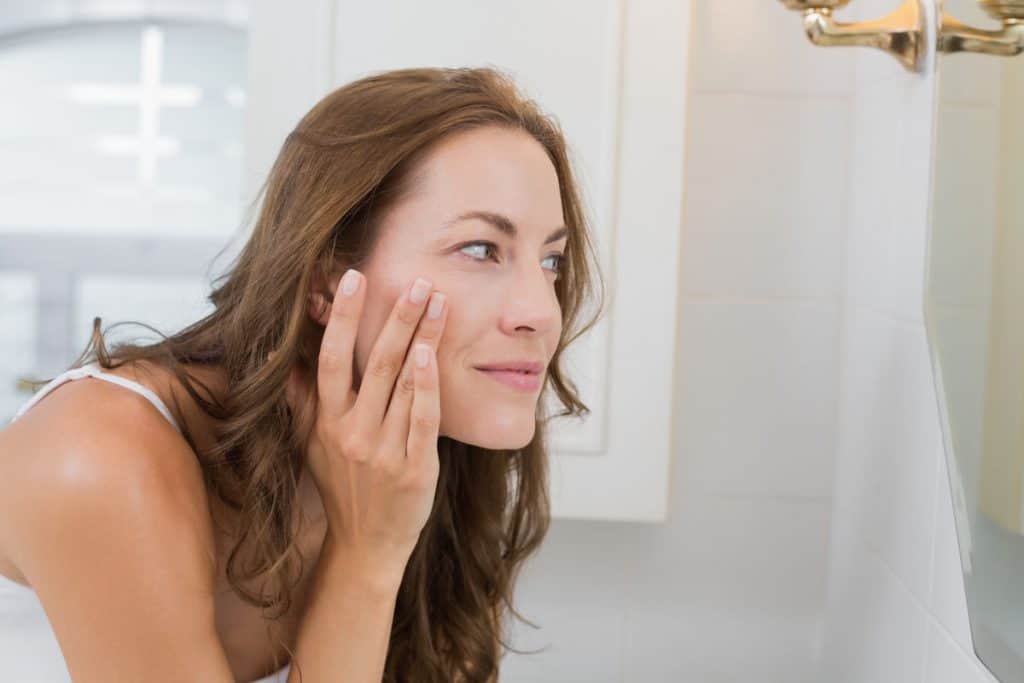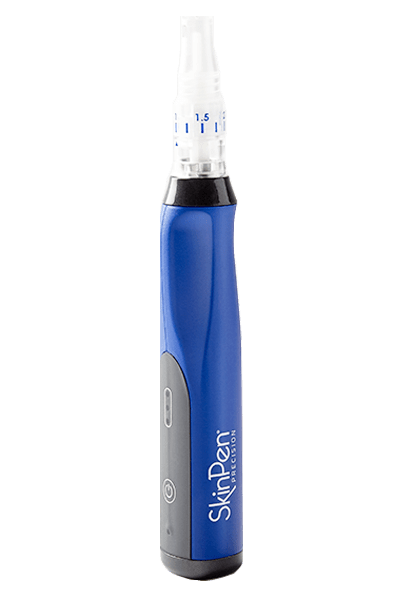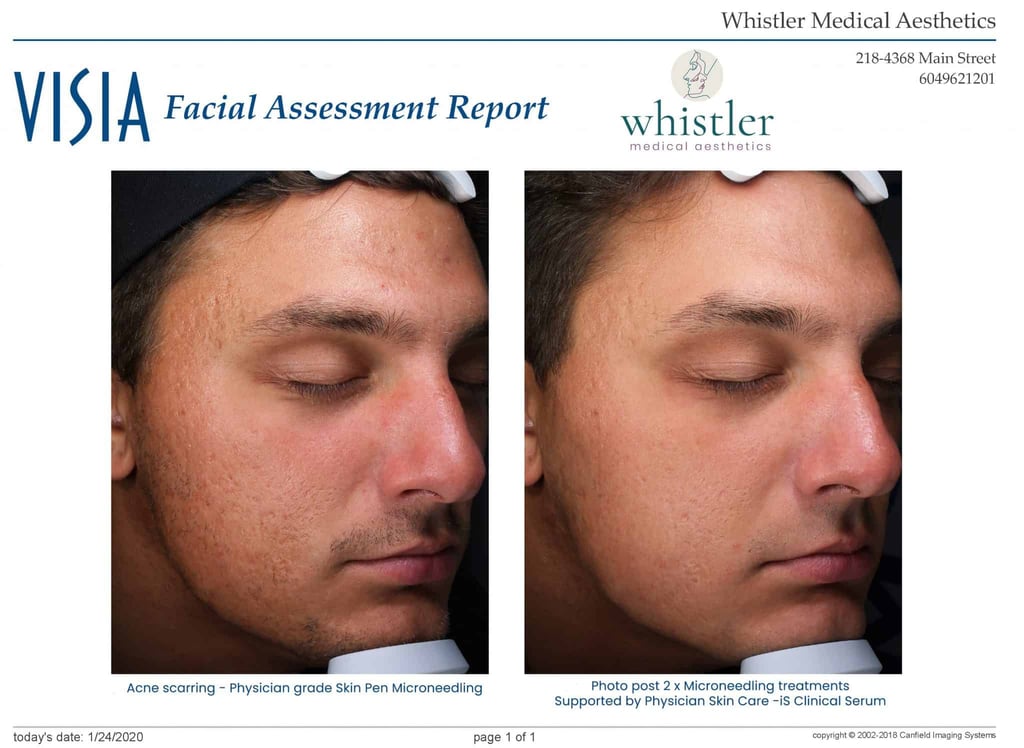
Most of us experience acne when we are growing up.
For some, however, through no fault of their own, and through no amount of trying, acne becomes exceptionally problematic.
For teens, this can cause significant emotional stress. At a time in our lives that is already pretty challenging; having to cope with acne is a burden nobody needs.
Acne can have a significant impact on a person’s quality of life. It can cause depression, which may result in impaired social functioning and even suicidal ideation. Also, the social, psychological, and emotional problems experienced by individuals with acne can be worse than those experienced by individuals with other limiting long-standing illnesses, such as asthma, epilepsy, and arthritis.
As a General Practitioner, I always felt limited in what I could do. Now, after years of my research and experience in this area, we have many tools at our disposal to take on acne and its aftermath.
Scarring is often the primary concern of a patient with acne. It has been known for a long time that acne scarring can cause depression and other risk factors. More data is now beginning to emerge on the impact of acne scars, specifically on the quality of life.
Individuals want to hide or cover their scars and feel embarrassed, self-conscious, and/or less self-confident. Scars are also a source of frustration, sadness, anger and/or anxiety. People who develop acne scars feel their appearance interferes with their professional relationships and chances of future employment.
As a Physician, whose primary mission is healthy skin, this provides me with two problems to resolve for patients. The prevention of acne scars needs to be viewed as a major goal in the treatment of inflammatory acne. Early, aggressive, and appropriate treatment of acne before scarring occurs is essential.
Secondly, the treatment of acne scarring for those who experienced acne before science progressed to where it is today.
For many adults, acne scars are a constant reminder of that time. You’ve successfully resolved the cause of stress and put it behind you, yet every time you look in a mirror, there it is. That’s a memory we can all do without.
Diagnosis
First things first, let’s rule out what’s not an acne scar.
Those flat, dark patches left behind by a breakout are not acne scars! Instead, they’re signs of post-inflammatory hyperpigmentation (PIH). PIH is commonly confused for acne scars, but it is your body’s natural response to any kind of skin trauma, from scratching a bug bite to picking a zit.
These marks will fade on their own (eventually).
Real acne scars are texture irregularities. The most common type of acne scars look like small indentations in the skin, while raised, bumpy scars are also normal.
Does this sound like what you’re dealing with? It’s likely you already know from experience that acne scars can be particularly challenging to treat.
Skinpen - Microneedling with a difference
To assist us with correctly diagnosing, all of our patients undertake an in-depth consultation that includes an extremely advanced skincare analysis using an ultra-high-definition Camer system called Visia.
My preferred option for acne scarring is microneedling. This is an extremely natural approach to the problem. We help your own body repair the damage!
We use the Skinpen, which is the first and only microneedling device explicitly approved for the treatment of acne scarring in adults.
Microneedling causes controlled micro-injuries that stimulate your body’s natural wound healing process while minimizing cellular damage. The result is an effective remodeling of scar tissue while keeping the overall structure of the skin intact.

SkinPen
The Wound Repair Process
There are three phases to the wound repair process:
- Phase I: Inflammation. Piercing the skin triggers your immune system to disinfect the wounds, remove debris, increase blood flow and begin to create new tissue.
- Phase II: Proliferation. The wound is re-built with new granulation cells, which are part of the extracellular matrix. Additionally, a new network of blood vessels develops.
- Phase III: Remodeling. The wound is replaced with new dermal tissues and blood vessels.
SkinPen works. Ninety percent of subjects in the clinical trials would recommend the procedure to family and friends. Outcomes can be seen even after the first treatment. But this is no quick fix. We usually recommend three treatments over three months.
If you are troubled by acne or acne scarring, drop us an email in confidence to sarah@whistlerdr.com or call us to book a complimentary consultation.
In the following before and after, the male patient was prescribed three procedures. These results are after his first treatment.







Recent Posts
Sun, Snow, and Skin: Why Year-Round SPF Matters in Whistler
Medical Aesthetics vs. Day Spa: What’s the Difference?
Sun Damaged Skin: Signs, Causes & Treatment